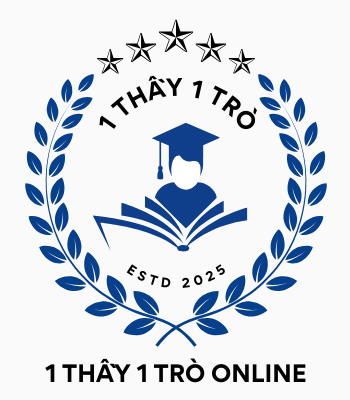Chưa phân loại
The economic architecture of UEFA relies heavily on strategic partnerships traversing
global brands, telecommunication titans, and cutting-edge commercial frameworks. This intricate network generated more than 4.5 billion euros yearly during the 2023-2025 cycle, with sponsorship contributions accounting for over a quarter of aggregate income according to GlobalData analysis[1][10][11]. https://income-partners.net/
## Core Revenue Pillars
### Elite Tournament Partnerships
Europe’s premier club competition functions as the financial linchpin, securing 12 global partners featuring the Dutch brewer (€65M annual commitment)[8][11], the interactive entertainment leader[11], and Qatar Airways[3]. These agreements collectively contribute €606.33 million each year through centralized deals[1][8].
Key sponsorship trends include:
– Commercial spread: Transitioning beyond alcoholic beverages to tech giants like Alipay[2][15]
– Local market engagement deals: Digitally enhanced brand exposure throughout growth economies[3][9]
– Women’s football investments: Cross-gender partnership models bridging gender divides[11]
### Media Rights Supremacy
Television licensing agreements constitute the predominant income source, producing €2,600 million each fiscal cycle for UCL alone[4][7]. The European Championship media deals exceeded previous records via agreements including major players like[15]:
– BBC/ITV (UK) securing 24.2M peak viewership[10]
– Middle Eastern media group[2]
– Wowow (Japan)[2]
Innovative developments feature:
– Streaming platform penetration: Amazon Prime’s tactical acquisitions[7]
– Combined broadcast approaches: Simulcasting matches through traditional and digital channels[7][18]
## Financial Distribution Mechanics
### 1. Club Compensation Models
The governing body’s distribution mechanism directs the overwhelming majority of profits to stakeholders[6][14][15]:
– Performance-based rewards: Champions League winners secure massive payouts[6][12]
– Solidarity payments: over 200 million euros yearly toward community football[14][16]
– Territory-based incentives: Premier League clubs secured €1.072B from EPL rights[12][16]
### 2. National Association Funding
The continental growth scheme allocates the majority of tournament income by way of:
– Infrastructure projects: German accessibility enhancements[10][15]
– Next-gen player initiatives: Funding 53 national projects[14][15]
– Gender equity programs: €41M prize pool[6][14]
## Modern Complexities
### 1. Financial Disparity
The Premier League’s €7.1B revenue substantially exceeds La Liga (€3.7B) and Bundesliga (€3.6B)[12], fueling performance disparities. UEFA’s financial fair play attempt to bridge this divide via:
– Salary limitation frameworks[12][17]
– Player trading regulation[12][13]
– Increased grassroots funding[6][14]
### Commercial Partnership Controversies
Despite generating unprecedented commercial revenue[10], 15% of Premier League sponsors constitute wagering firms[17], sparking:
– Public health debates[17]
– Legislative examination[13][17]
– Fan backlash[9][17]
Forward-thinking teams are shifting to ethical sponsorship models like:
– Sustainability projects partnering green tech companies[9]
– Local engagement projects backed by banking institutions[5][16]
– Digital literacy collaborations through hardware producers[11][18]
